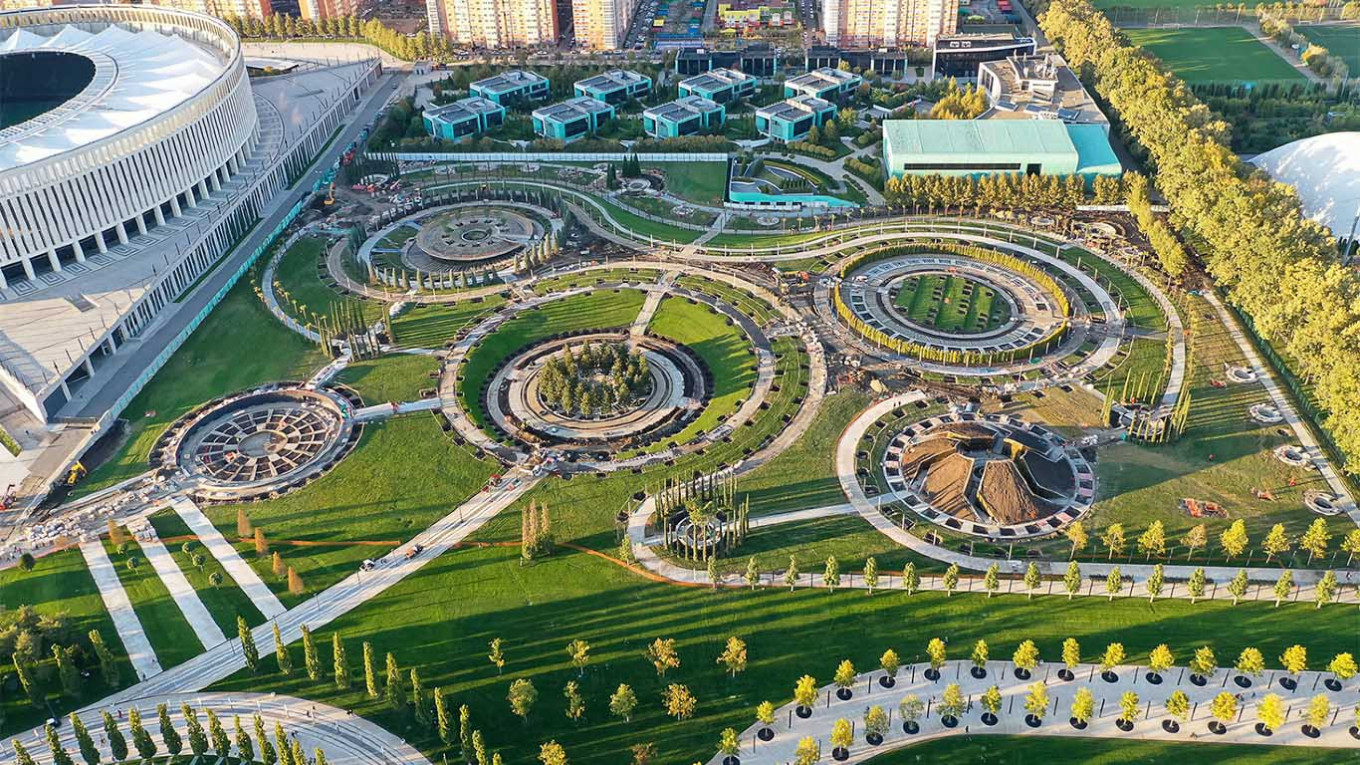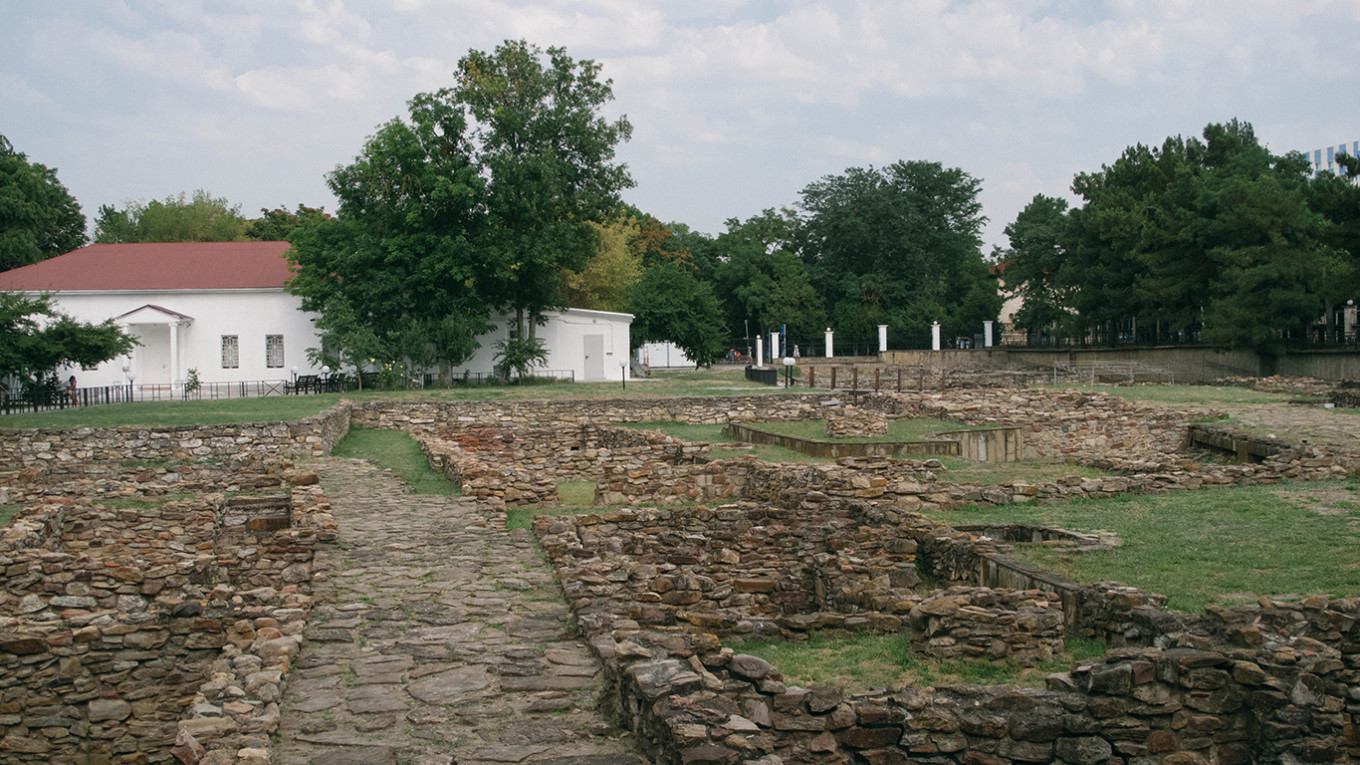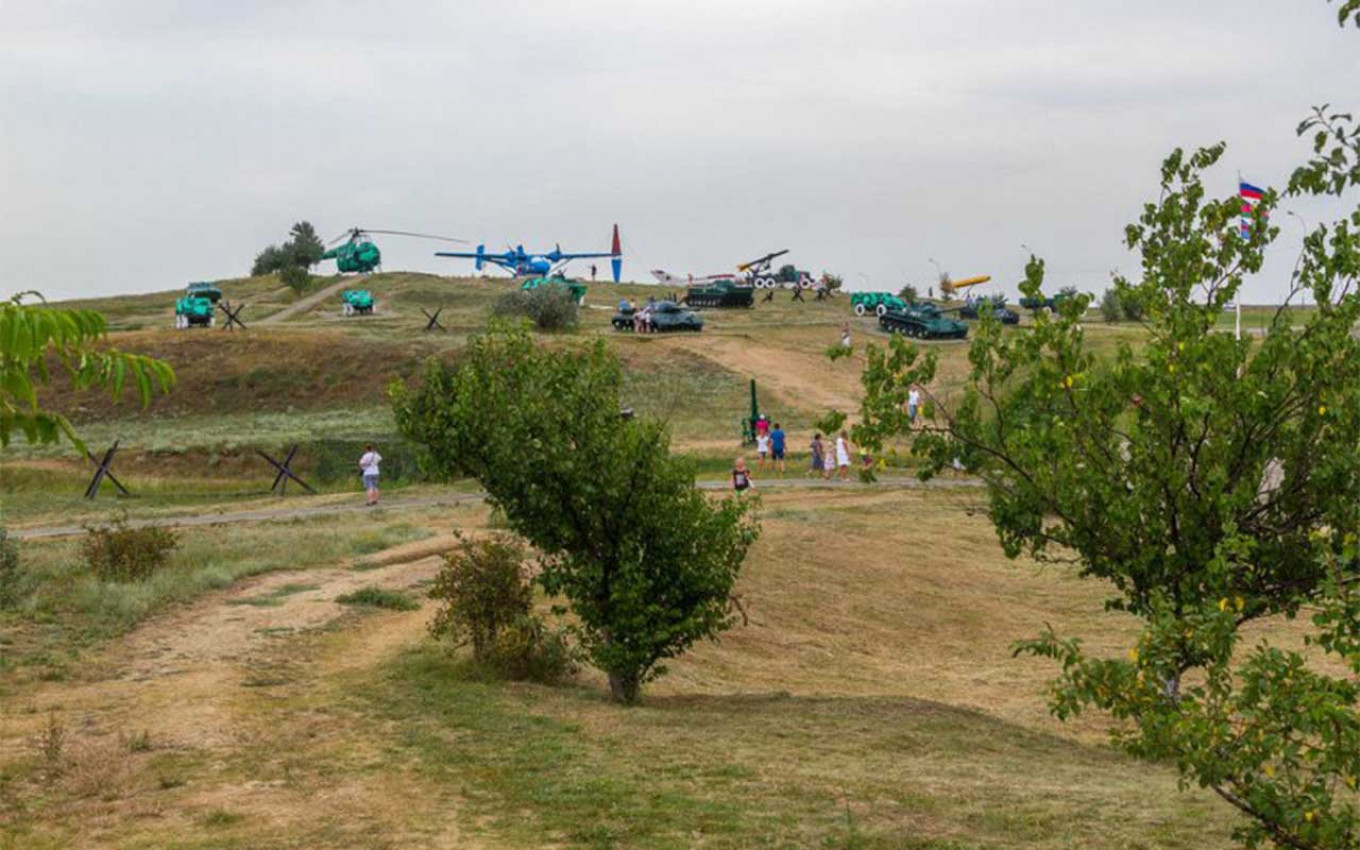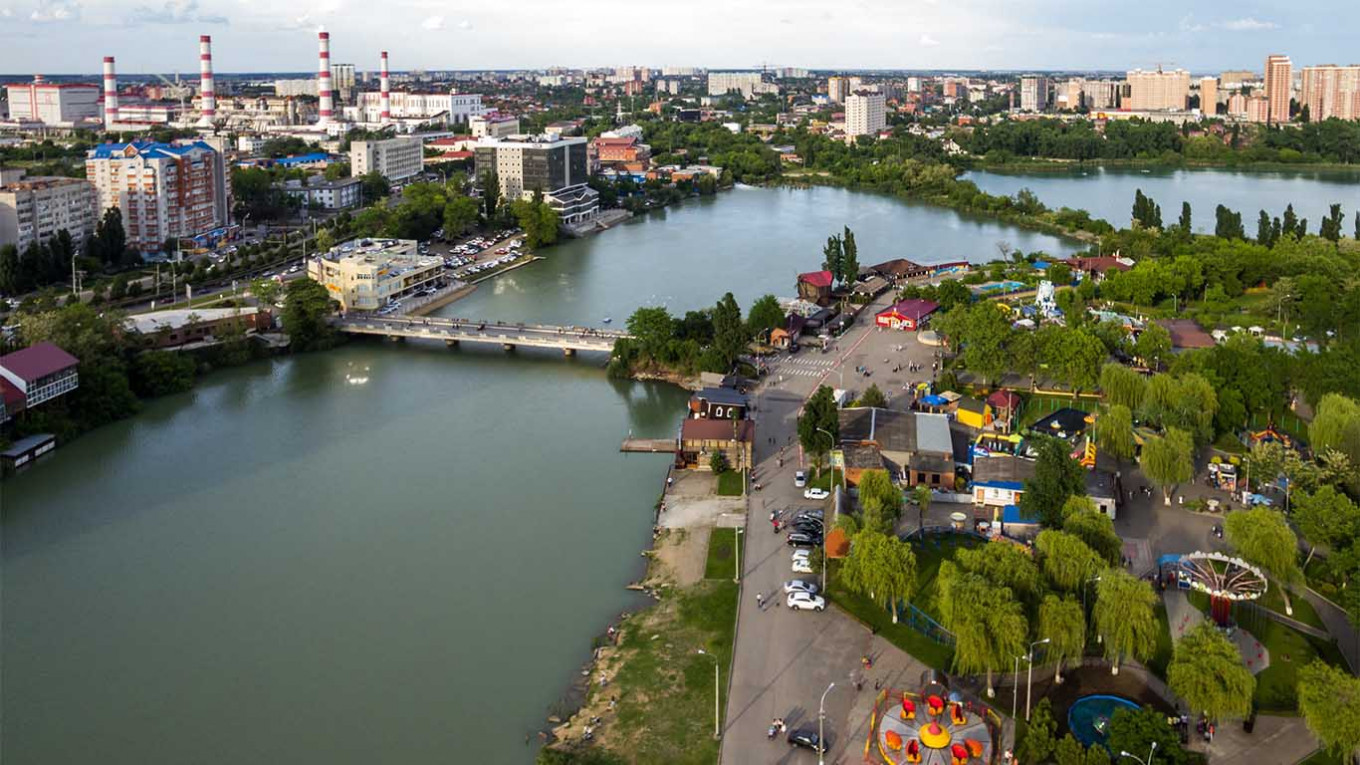This summer, when international travel is difficult or impossible, tourists are flocking south to the resort towns on the Black Sea or Sea of Azov. But after a few days of lying on the beach, you and your family might want to see what else the Krasnodrar region has to offer.
You’re in luck! If you have a car (or don’t mind buses), go up the coast and inland for some kid-friendly, budget-loving, fun and fascinating activities. Here is a four-day tour.
Day 1: Krasnodar
Even though the city is not on the sea, it is well worth a visit. It was founded at the end of the 18th century by Cossacks, who were granted local lands in perpetuity by Catherine the Great. Today it is a modern city where skyscrapers blend with historical structures.
A good way to start getting acquainted with Krasnodar is to go to Krasnaya Ulitsa, preferably on the weekend when it becomes a 5-kilometer pedestrian street where most of the city sights are concentrated. It’s a lovely stroll past a kaleidoscope of monuments, squares, fountains, museums, and historical buildings. Along the way are many cafes for every taste and budget.
Your kids — or family sweet freak — will surely like to stop at the summer terrace of the coffee house Donuts & Coffee where huge inflatable donuts cover some tables to provide proper social distancing. The menu has more than donuts, including a variety of mains and salads. For traditional Kuban cuisine, look for a wood-burning stove, like at the restaurant The Pech. Average main in both eateries is about 700 rubles ($10).
Krasnodar Park is a modern city park, built by the entrepreneur and philanthropist Sergei Galitsky in 2017, and hence is also known as Galitsky Park. One of the best urban parks in Europe, its most famous sight is an amphitheater with a giant screen. There is also a spiral observation deck where you can enjoy the best panoramic view of the park and the city. For children, there is a playground, rope park, swings, slides, and other attractions. For teens and tweens there is a skate park and basketball courts. If you just want to relax from the bustle of the city, the park has a shallow artificial pond, surrounded by shady trees and places to relax.
After an active day, you'll need a place to lay your weary heads. Try one of the hotels in the Marton hotel chain. Depending on the location and the room, the price starts at about 990 rubles ($14) per night. Each of them has a cafe where you can tuck into a variety inexpensive breakfasts, lunches, dinners.

Day 2: Novorossiisk
Novorossiisk is a port city, which means fewer clubs and resort activities and more time to relax and make the ship-lovers in your family happy. Start on Naberezhnaya Admirala Serebryakova with its panoramic views of Tsemes Bay, mountains, and ports. Below the embankment is the municipal beach on the Black Sea, accessible by a wide and stately staircase.
But before you head down to the water, on the embankment be sure to visit the Mikhail Kutuzov “Ship of military glory” which houses the Novorossiisk branch of the Peter the Great Central Naval Museum. You can learn all about its history and then tour a bit of the ship, ending up on deck. Military buffs will be fascinated by the anti-aircraft installations and mines; nature lovers can enjoy the wonderful views.
The museum reopened on June 21, but visitors have to wear masks and gloves.
Along the promenade there are many cafes and restaurants, such as the family cafe “Rastibulka” where you can enjoy a summer dessert or a dinner. Average main about 600 rubles ($8).
On the seafront is the restaurant Bla-Bla Cafe serving European and Scandinavian cuisine, where music and activities (like face painting for kids) are a great addition to tasty food. Average main about 700 rubles ($10).
At night you don’t need to go back Krasnodar. You might stay in the three-star Hotel Novorossiisk that is near the embankment. The room rate includes breakfast in a local cafe. The cost of a single room per night is about 2,500 rubles ($35).

Day 3: Abrau-Durso and Anapa
Nestled in a picturesque place among the mountains is the village of Abrau-Durso. Here you can admire a majestic view of Lake Abrau and visit the Abrau-Durso Champagne Factory where a tour will tell you everything about local wines, sparkling and still, let you taste them, and then perhaps wave as you drive off with a trunkful of bottles. The summer verandas of the restaurants and cafes reopened, and after the tour you can have a refreshing bite to eat.
Anapa is famous as a children’s resort with soft sandy beaches and a lot of attractions, but it is also a city with ancient history. The archaeological museum “Gorgippia” is the place to go to explore the past. An open-air exhibition tells about history of the ancient city of Gorgippia (IV-III BC), on the site that is now Anapa. You can see the original pavement, the foundations of buildings, a pottery workshop, a shop, wineries, a collection of tombstones and sarcophagi, and fragments of ancient temples. The halls of the museums display a fascinating collection of sculptures, household items, fragments of texts, and other bits of daily live that have come down to us. The showstopper is a mural depicting the exploits of Hercules.
The museum reopened in mid-June but call ahead to sign up for a time slot. All visitors have to wear masks and gloves and practice social distancing.
As it is a popular resort, there are many local hotels that are part of big chains. Try the Milotel Hotel or Venera that are located in different parts of Anapa. The cost of a single room per night is about 1,000 rubles ($14).

Day 4: Temryuk
Approximately five kilometers southeast of the town of Temryuk you might be surprised to see tanks, artillery, armored personnel carriers, mines, airplanes... No worries. This is the open-air Museum of Military Technology (“Military Hill”) is dedicated to the Soviet troops who liberated the peninsula in 1943. There are more than a hundred vehicles and weapons from the Second World War and the post-war period.
The exhibits are located on two sites. Keep in mind that from June 19, when the museum reopened, there is a time restriction for visitors and both sites must be visited in one hour. All visitors have to wear masks.

A Message from The Moscow Times:
Dear readers,
We are facing unprecedented challenges. Russia's Prosecutor General's Office has designated The Moscow Times as an "undesirable" organization, criminalizing our work and putting our staff at risk of prosecution. This follows our earlier unjust labeling as a "foreign agent."
These actions are direct attempts to silence independent journalism in Russia. The authorities claim our work "discredits the decisions of the Russian leadership." We see things differently: we strive to provide accurate, unbiased reporting on Russia.
We, the journalists of The Moscow Times, refuse to be silenced. But to continue our work, we need your help.
Your support, no matter how small, makes a world of difference. If you can, please support us monthly starting from just $2. It's quick to set up, and every contribution makes a significant impact.
By supporting The Moscow Times, you're defending open, independent journalism in the face of repression. Thank you for standing with us.
Remind me later.






